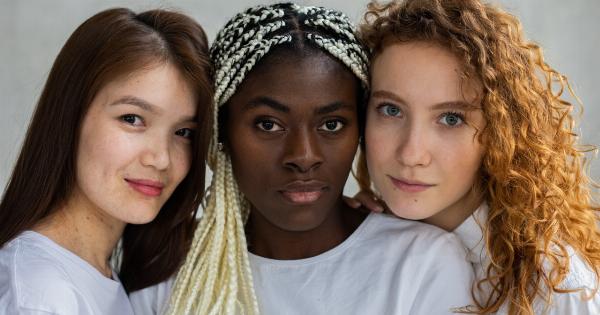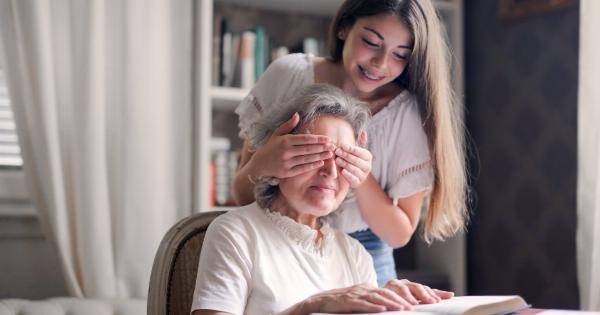Colors play a significant role in our daily lives, influencing our emotions, perceptions, and behavior. Whether we are aware of it or not, our responses to different colors are deeply rooted in psychology.
The study of the psychological effects of colors, known as color psychology, examines how hues and shades can evoke certain feelings, associations, and even physiological responses. This article delves into the fascinating world of color psychology, exploring the meanings and impacts of different colors on our lives.
Color Perception and Associations
Color perception is a complex phenomenon governed by both physiological and psychological factors.
Our eyes perceive different wavelengths of light as various colors, and our brains interpret these colors based on our past experiences and cultural conditioning. Each color carries its own set of associations and meanings, which can vary across different cultures and contexts. Understanding these associations is crucial in uncovering the psychological effects of colors.
The Emotional Impact of Colors
Colors have the power to evoke certain emotions and moods. Warm colors like red and orange are associated with feelings of warmth, excitement, and passion. They can increase our heart rate and evoke a sense of energy.
On the other hand, cool colors like blue and green are calming and soothing, often associated with relaxation and tranquility. Understanding these emotional responses to colors can be useful in designing spaces, creating moods, and even influencing consumer behavior.
Color Symbolism and Cultural Influences
Colors also carry symbolic meanings that can vary across cultures. For example, while white traditionally represents purity and innocence in Western cultures, it symbolizes mourning and death in some Eastern cultures.
These cultural influences shape our perceptions of colors and can lead to different emotional responses. Exploring these cultural associations allows us to better understand the diverse psychological impacts of colors.
Color Preferences and Personal Influences
Individual color preferences are influenced by personal factors such as experiences, memories, and personality traits. These preferences can differ greatly from person to person and can also be influenced by societal factors.
Understanding why we have certain color preferences can provide insights into our personalities and emotions. For example, someone who gravitates towards bold, vibrant colors may have an outgoing and energetic personality, while someone who prefers muted tones may be more introverted or prefers a sense of calm.
Color Therapy and Healing
Color therapy, also known as chromotherapy, utilizes the psychological effects of colors to promote healing and well-being. This holistic approach acknowledges the impact of colors on our mental, emotional, and physical states.
Various hues and shades are used in therapeutic settings to stimulate or calm the senses, restore balance, and enhance overall well-being. Color therapy has been practiced for centuries and is gaining recognition as a valuable complementary therapy in modern healthcare.
The Impact of Colors in Different Settings
Colors have a profound impact on our experiences in various settings, from our homes to public spaces. In interior design, colors can create different moods and atmospheres.
Restaurants often use warm colors to stimulate appetite, while hospitals use cool colors to create a calm and soothing environment. Colors also play a crucial role in branding and marketing, evoking specific emotions and associations to influence consumer behavior.
Understanding the psychological effects of colors in different settings can help us make informed decisions when it comes to design and communication.
Conclusion
The psychology of hues and shades encompasses a wealth of research and insights into the impact of colors on our emotions, perceptions, and behavior.
Colors have the power to evoke certain feelings, symbolize different meanings, and influence our experiences in various settings. Understanding the psychological effects of colors can empower us to make informed choices when it comes to design, branding, and even personal well-being.
Whether it’s the vibrant red of love or the calming blue of serenity, colors shape our world in ways we may not always consciously notice.































